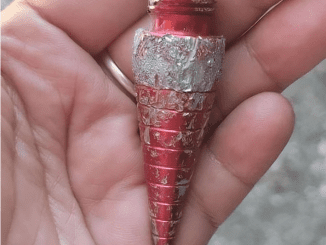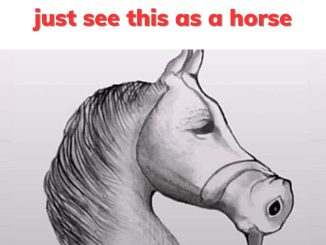The extinction of the dinosaurs remains one of the most captivating and enduring mysteries in the annals of Earth’s history. For decades, scientists have worked tirelessly to unravel the details surrounding the cataclysmic event that wiped out these magnificent creatures, along with nearly 60% of all life on our planet. Now, a groundbreaking new study has finally shed light on the cosmic origins of the asteroid that delivered the devastating blow.
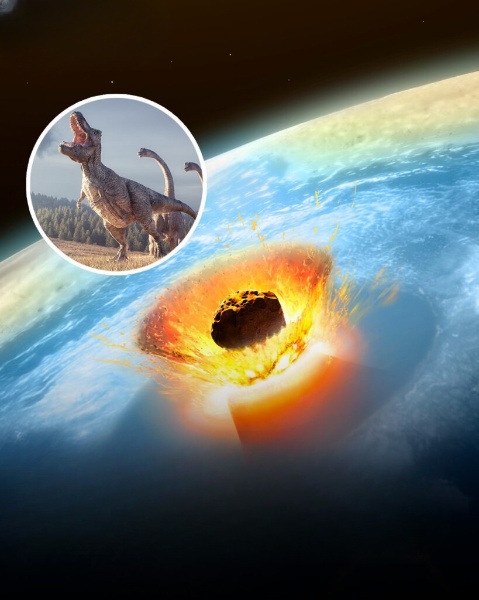
Credits: @news_ub/X
The Chicxulub crater, located off the coast of Mexico’s Yucatan Peninsula, has long been identified as the impact site of the asteroid that triggered the Cretaceous-Paleogene (K-T) mass extinction event. This 110-mile-wide crater bears the scars of the colossal impact that occurred 66 million years ago, marking the end of the reign of the dinosaurs. But until now, the precise nature and origin of the Chicxulub impactor remained elusive.
Through a detailed analysis of ruthenium isotopes found in samples from the Chicxulub crater and other impact sites, researchers have now determined that the asteroid responsible for the dinosaur extinction originated from the outer reaches of our solar system, beyond the orbit of Jupiter. This discovery, published in the prestigious journal Science, represents a significant breakthrough in our understanding of this pivotal event in Earth’s history.
Ruthenium is a rare element on Earth, but it is relatively abundant in meteorites and other extraterrestrial materials. By studying the isotopic composition of ruthenium found in the Chicxulub crater, the research team was able to determine that the impactor was a carbonaceous chondrite, a type of meteorite that is believed to have formed in the distant, outer regions of the solar system.
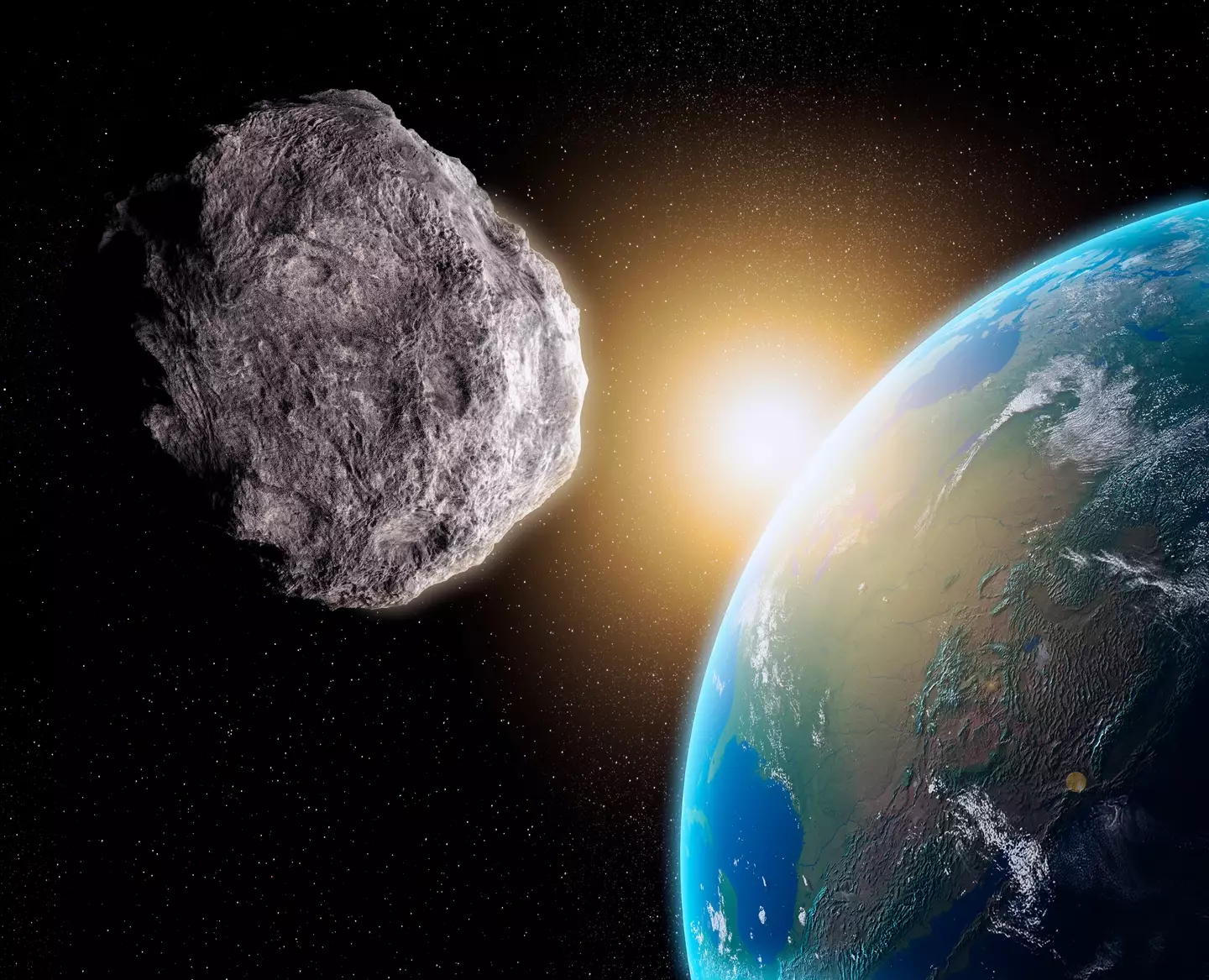
The asteroid formed in the outer parts of the solar system. (Getty Stock Photo)
This finding has far-reaching implications for our understanding of the Earth’s past. The discovery of the asteroid’s cosmic origins suggests that the K-T mass extinction was not merely a local or regional event, but rather a global catastrophe with profound consequences for the planet’s climate, ecosystems, and the course of life on Earth. Furthermore, this knowledge could help shed light on the potential risks posed by other objects in the solar system and inform our efforts to prepare for and mitigate the impact of future asteroid strikes.
While this latest study has provided valuable insights into the origins of the dinosaur-killing asteroid, there is still much to be learned about the details of this pivotal moment in Earth’s history. Scientists continue to explore the Chicxulub crater and analyze new evidence, driven by a relentless curiosity to uncover the full story of the asteroid’s journey and its transformative impact on our planet.
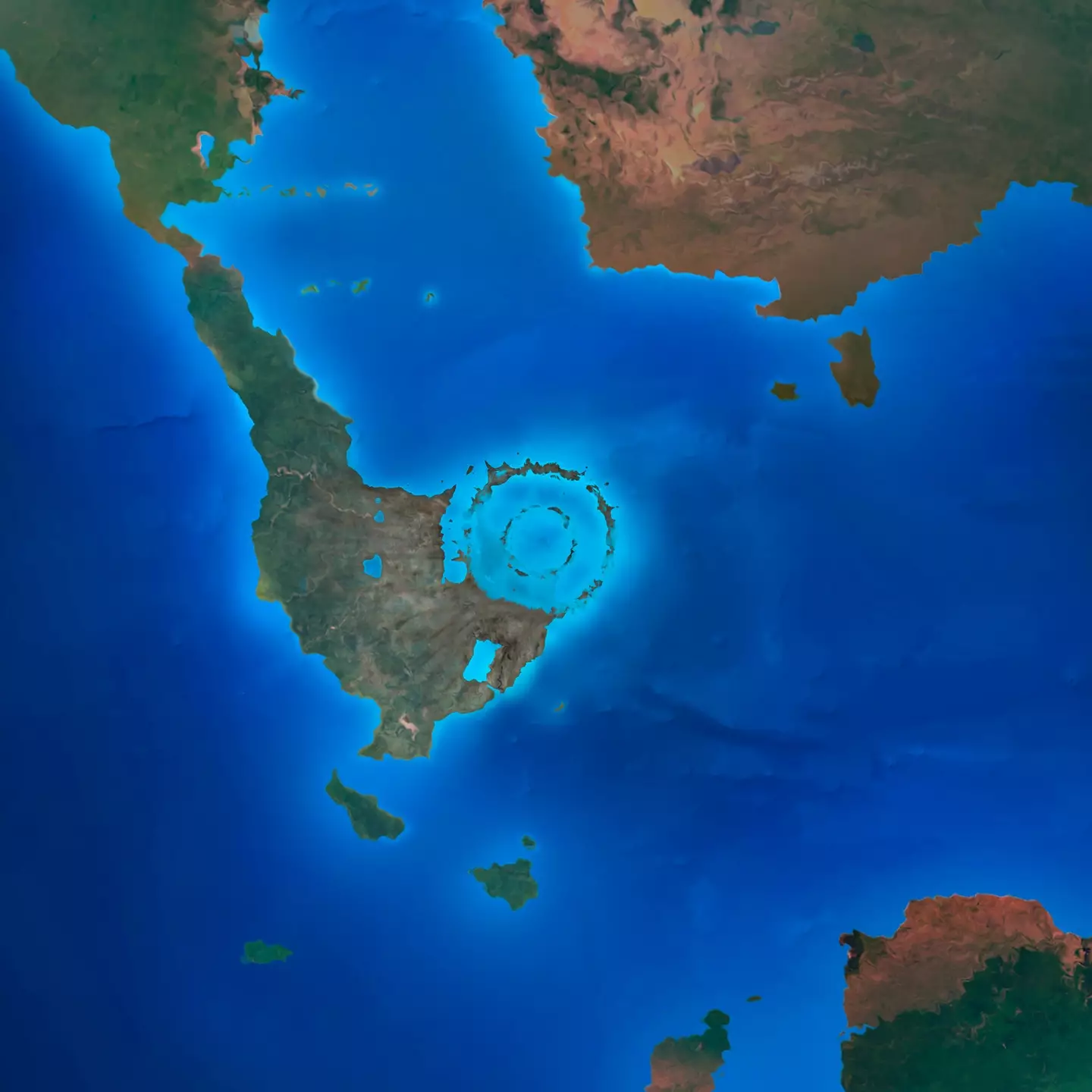
The Chicxulub impact crater. (Getty Stock Photo)
The discovery of the Chicxulub impactor’s cosmic origins represents a significant milestone in our understanding of the extinction of the dinosaurs. By tracing the asteroid’s journey from the outer solar system to its cataclysmic collision with Earth, researchers have uncovered a crucial piece of the puzzle that has puzzled scientists for decades. This knowledge not only sheds light on the past but also has profound implications for our understanding of the dynamic and ever-changing nature of our planet and its place in the vast cosmos.

